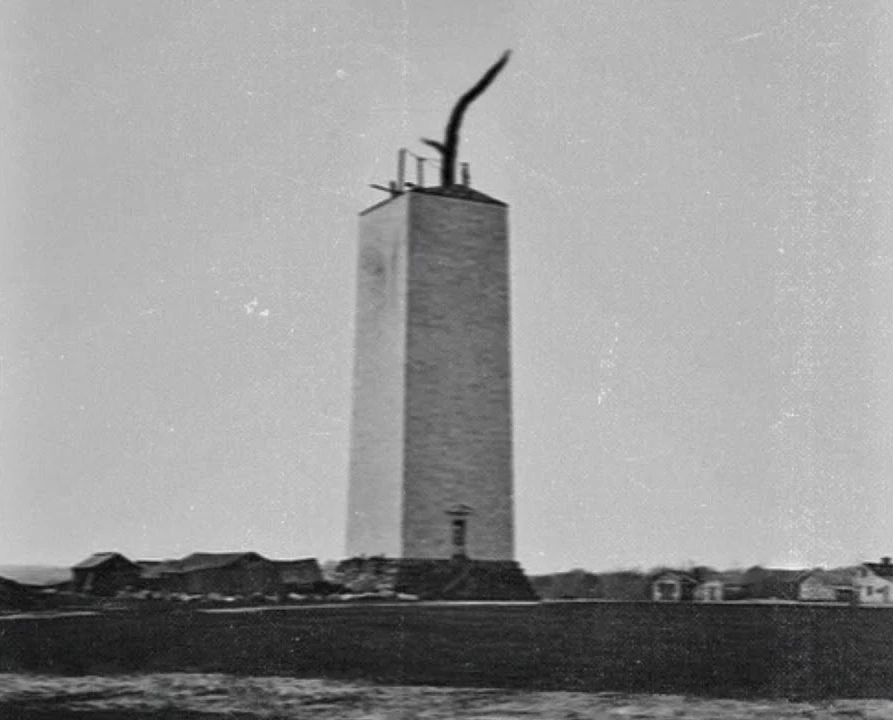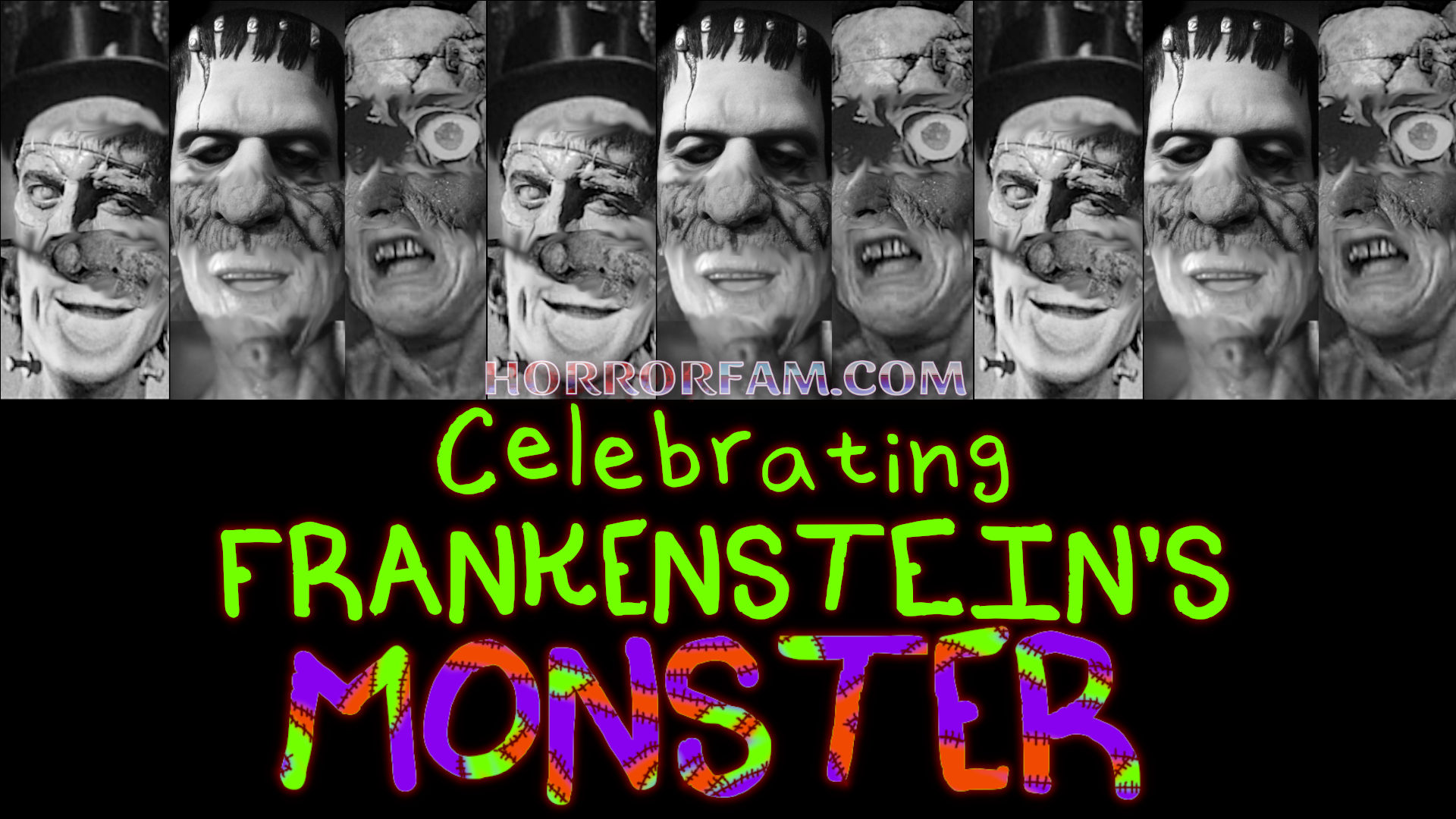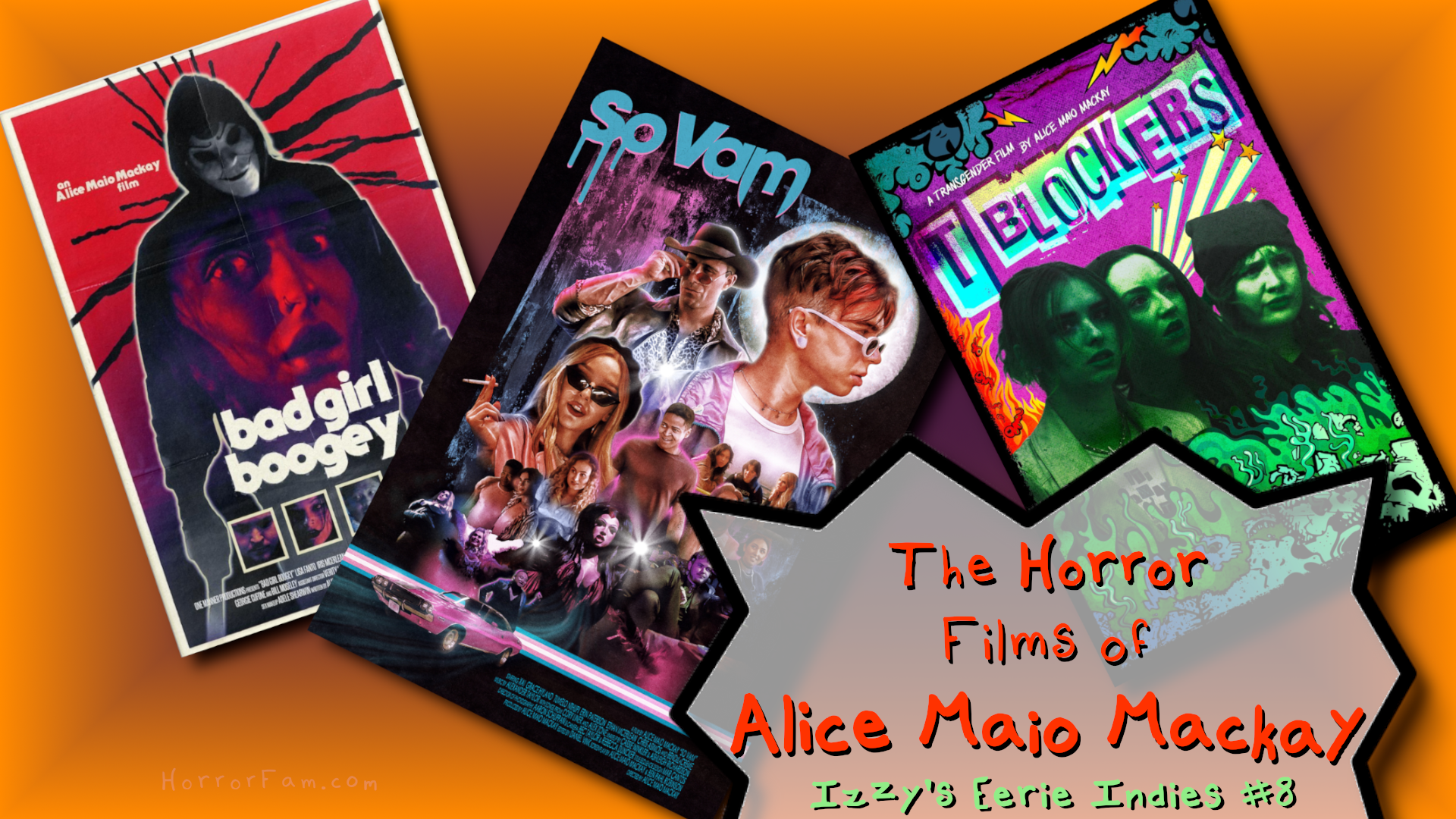On November 5th, 1968, James Dean won the presidential race and was officially elected the 37th president of the United States. Dean was humble in his win, and on January 20th, he gave one of the shortest speeches of any inauguration. Dean said the following:
“I have a speech, and it has the flotsam that you people expect to hear. But that’s not fair, no, that’s not fair at all. I am here for all of you, and it’s only fair that you speak for yourselves. My words shouldn’t be louder than yours. So, I’ve brought many other guests to speak. They’re people like you and I. In the same time that many other presidents have spoken by themselves, America will speak.”

Except, he didn’t. By 1969, when this speech was made, Dean had already been dead for 14 years. So where does this historical claim come from? Why are there timelines, why are there political speeches, why are there documentaries about James Dean’s presidency?
Enter Alex Casanas
Alex Casanas is the creator of The Monument Mythos series and the MISTER MANTICORE YouTube channel. As many of you have guessed by now, this is all fictional; made up events of a timeline we never experienced, though a timeline that happened in another world, known in this series as the “DEANVERSE.” A fictional universe so well put together, one may forget it’s even fake.
My first encounter with this series was a video titled “WASHINGTONWARMHOLE,” with the thumbnail of a half-built Washington Monument enticing me to watch. With a run-time of only 5:22, the video instills fear into the viewer in a way that no other horror media has really done. The concept of “what-if” timelines and alternate history have been done in stories before, with films like Red Dawn or arguably even Forrest Gump. While some of these pieces of media have been able to show a scary side of these alternate events, none of them necessarily capitalize on true horror.

“WASHINGTONWORMHOLE” opens with a poem titled “Special Tree” backed by a haunting soundscape that is neither music nor white noise. It is noise, an uncomfortable noise, one that is eerily contrasting the soft and gentle voice of the narrator, and once the poem ends, we are introduced to a timeline of events. The noise continues, sounding like the depth of ocean or the abyss of a cave, and we see that there is a photograph of a “special tree” from 1840. It’s realistic, it seems almost plausible that there could have been a special tree from that era, 1840 was so long ago, how could we possibly know if there wasn’t?
By the end of the timeline, we see that the Washington Monument has been constructed around the tree. We are shown a flyer from 1910 that the monument has “music” in its walls, and between 1910-1971, people who visited the site are said to have disappeared — The Washington Absentees they are called.

Cut to a video that was leaked by news agencies: a video of someone going to the tower, being hoisted up, and dropped to the bottom, presumably to their death. All of this accompanied by upbeat, arguably catchy, 1920s styled music, as if this procedure had no morbidity at all. There’s then a video taken by a low-quality camera, showing the monument bend and break.
And then… all but one of the Absentees are found, unconscious, at the base of the monument.
So why do I summarize all of this? What exactly makes the horror of this series?
It’s… terrifyingly realistic. Sure, I don’t necessarily think there is a special tree in the Washington Monument, but the entire series mostly focuses on the concept of authority hiding things from the public. That isn’t exactly fiction in our universe; we know that people in high places have certainly hid things from the public. The issue, and the real horror, is that we don’t know what could be hidden from us.
The Monument Mythos, in its entirety, is horror based on what we don’t know.
It plays with our history, history we know well, and tweaks it just enough for it to be uncanny. The pictures used in this video are real construction photos of the Washington Monument, just photoshopped to have a special tree inside of it. But when I first saw the thumbnail, all I saw was a half-made monument, and I didn’t know what the Monument Mythos even was (in fact, most people didn’t, as it was still in its early days).
So, when I watched that video, it sparked something in me. It made my skin crawl; it made me wonder if this was… possibly true. Obviously, I knew it was fictional, but in the back of my mind I wondered if there could possibly be horrors inside of famous monuments being hidden from us. There was a sense of dread, though morbid curiosity, that made me watch the rest of the series that was available at the time.
- There was the “LINCOLNLOOKER”, in which every president chose someone to lock up inside of the Lincoln Memorial.
- “FREEDOMFALLER”, a living, killing statue with horrifying revelations as you watch the video. The most iconic and terrifying line from this episode is from the daughter character, “It isn’t Papa, but it has his eyes.”
- “LIBERTYLURKER”, a demonic creature inside of the Statue of Liberty that immigrants of Ellis Island were sacrificed to. My favorite quote: “The following morning would smell so much worse though. Like a slaughterhouse.”
- “ALCATRAZATTACK”, in which the island is a giant cancer cell, growing and taking over the United States. And, yes, it plays around with the pun “prison cell.”
There’s so many more, all terrifying in their own unique way.
In fact, The Monument Mythos series is in its third season now.

They all have the same sense of uncertainty, all making us question our reality. The uncanny nature of how they all are presented, feeling true to education-style school documentaries or vintage classified tapes often shown in movies, feel too close to home at times.
It’s oftentimes a series categorized under the “analog horror” subgenre, but I feel like it just doesn’t make sense to put this piece of work in that category. The Monument Mythos is nothing like analog horror. There is no nostalgia of public broadcasting like we see in Local 58, nor are there clever uses of VHS-styled tapes like we see in Battington’s FNAF Tapes. Analog horror, while a wonderfully experimental type of horror that I welcome with open arms, is simply not a term to be used for this series.
Instead, it offers captivating visuals, amazing soundtracks and voice acting, and even a little bit of silliness.
The Monument Mythos is its own thing.
It’s a series that, although I have been speaking nothing of the horror it brings, also knows to not take itself too seriously when needed. There are genuine parts of this series that made me crack a smile, like President James Dean or the “SUEZCANALCRAB” episode. It’s moments like these that make the series more than just… another online horror series. It’s endearing, it likes to play around, but it also likes to absolutely scare the hell out of you when it wants to.
I think NightMind probably describes the series best:
“I would punch Monument Mythos and take it out for ice cream. What a work of art.”
And to Alex Casanas: Thank you.
You created a series I hold dear to my heart. A series that has influenced my own writing and horror stories. A series that I still get excited about when I get the notification of a new episode upload. A series that introduced me to your amazing work.
I think you deserve a thank you, I certainly think you deserve the praise.
Thank you for this disturbingly cooky horror world of alternate history.
And as President James Dean once said, “This is Jimmy, signing off.”

Images are screenshots from The Monument Mythos series provided by author Skyla Macy.





